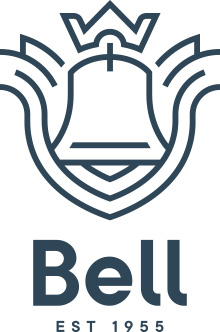
It is with deep regret that we announce Bell Educational Services Ltd has made the difficult decision to wind down its operations and will cease to trade shortly.
Bell operates English language schools at three locations - in Cambridge, St Albans and London. It will continue to provide courses until 31 October 2025 to allow the company to work with the trade body English UK to find suitable alternative courses and accommodation for its students. Regrettably, the closure of the schools will also mean that staff members will face redundancy in the coming weeks.
This is a deeply sad outcome for all involved. Bell has a proud heritage spanning over 70 years and has been widely recognised as a pioneer in the teaching of English as a foreign language. The company has faced significant cashflow challenges and has been unable to recover financially from the prolonged impact of the COVID-19 pandemic. Despite extensive efforts to secure a buyer for the business as a going concern, this has unfortunately not been possible.
As a result, the directors have taken the difficult but necessary decision to file a Notice of Intention to Appoint (‘NOIA’) Administrators and will subsequently file a Notice of Appointment of Administrators.
The company is also the 100% shareholder of Bell Switzerland SA. It is important to note that this business will be unaffected by the NOIA or any subsequent administration and will continue to operate as normal.
We are committed to supporting our students and staff through this transition and thank everyone for their dedication to Bell over the years.